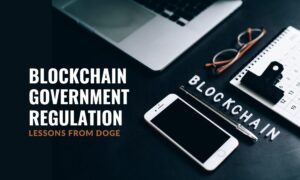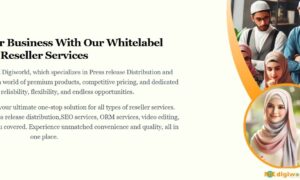In today’s digital age, where communication happens at the click of a button, email remains a cornerstone of professional and personal correspondence. However, with the convenience of email comes the inherent risk of security breaches and data compromises. Ensuring the security of your emails is paramount to safeguarding sensitive information and maintaining confidentiality. One powerful tool in your arsenal for achieving this is email encryption. Let’s delve into ten essential tips to master email encryption and bolster your online security.
Understanding Email Encryption:
Email encryption is a process that scrambles the content of an email message, making it unreadable to anyone except the intended recipient. It adds a layer of security that prevents unauthorized access to the email’s contents, safeguarding sensitive information from prying eyes and potential threats.
Choose a Reliable Email Encryption Service:
Not all email encryption services are created equal. It’s crucial to choose a reputable provider that offers robust encryption protocols and a user-friendly interface. Look for features such as end-to-end encryption, which ensures that only the sender and recipient can decrypt and read the message.
Enable SSL/TLS Encryption for Outgoing Emails:
Secure Socket Layer (SSL) and Transport Layer Security (TLS) are cryptographic protocols that encrypt the connection between your email client and the server. Enabling SSL/TLS encryption for outgoing emails adds an extra layer of protection, preventing interception and eavesdropping during transmission.
Use Strong, Unique Passwords:
Your email encryption is only as secure as the password protecting your email account. Avoid using weak or easily guessable passwords, such as “password123” or common phrases. Instead, opt for long, complex passwords comprising a mix of uppercase and lowercase letters, numbers, and special characters. Additionally, ensure that you use unique passwords for each of your online accounts to prevent credential reuse attacks.
Implement Two-Factor Authentication (2FA):
Two-factor authentication (2FA) adds an extra layer of security to your email account by requiring a second form of verification, such as a code sent to your mobile device, in addition to your password. This significantly reduces the risk of unauthorized access, even if your password is compromised.
Be Wary of Phishing Attempts:
Phishing attacks are a common tactic used by cybercriminals to trick users into revealing sensitive information, such as login credentials or personal data. Exercise caution when clicking on links or downloading attachments from unknown senders, and always verify the authenticity of emails, especially those requesting sensitive information or urgent action.
Encrypt Email Attachments Separately:
While email encryption protects the content of your message, it’s important to encrypt attachments separately if they contain sensitive information. Use a secure file encryption tool to encrypt the files before attaching them to your email, and share the decryption key with the recipient through a secure channel.
Regularly Update Your Email Client and Security Software:
Keeping your email client and security software up to date is essential for addressing vulnerabilities and patching security loopholes. Enable automatic updates whenever possible to ensure that you’re always running the latest version with the most recent security patches.
Encrypt Emails Containing Confidential Information:
When sending emails containing confidential or sensitive information, always encrypt the message to protect its contents from unauthorized access. Most email encryption services offer easy-to-use encryption features that allow you to encrypt emails with just a few clicks.
Educate Yourself and Your Team:
Knowledge is your best defense against cyber threats. Educate yourself and your team about the importance of email encryption, common security risks, and best practices for securely sending and receiving emails. Conduct regular training sessions and provide resources to help employees stay informed and vigilant.
Regularly Review and Audit Your Email Security Measures:
Security is an ongoing process, not a one-time event. Regularly review and audit your email security measures to identify any weaknesses or areas for improvement. Stay informed about the latest security threats and updates in encryption technology, and adjust your security protocols accordingly.
Conclusion:
Mastering email encryption is essential for safeguarding your sensitive information and protecting yourself against cyber threats. By following these ten essential tips, you can enhance the security of your email communications and minimize the risk of data breaches and unauthorized access. Remember, investing in email encryption is an investment in the security and integrity of your digital communications.



































